- What’s an Inland Beach Vacation?
- Go Go Go
- Shanghai, Xitang, Wuxi
- A Jiangnan Homecoming
- Xian the Ancient Capital
- Xian & Its Glory
- (Other) Foods
- (Muslim Street) Foods
When it comes to history, the Earth offers few cities as rich as Xian.
- It sits between the first emperor of China’s capital 2,200+ years ago, and his tomb containing the terra cotta warriors
- It had been the capital of 13 dynasties in Chinese history
- Some 1,300 years ago, it was an end point on the Silk Road with a population reaching 1.5 million
- It contains :
- The temple that imported Buddhism into China
- China’s first mosque
- One of China’s four major Daoist city god temples (都城隍廟)
- One of China’s first Catholic churches
The stuff to see Xian is endless. Hong and I couldn’t do much because of the kids dragging us down, but good thing we had already visited the major attractions before. Our parents tirelessly ran from place to place all day long, and we are happy that they enjoyed the visit as much as we loved this city.
City Wall
Originally built around 1,400 years ago by the Sui dynasty and then modified/rebuilt to its current form 640 years ago by the Ming dynasty, the Xian city wall is – by far – the most fascinating wall I have ever seen. It’s simply MASSIVE. If capitalizing a word doesn’t get the point across, how about a chart?
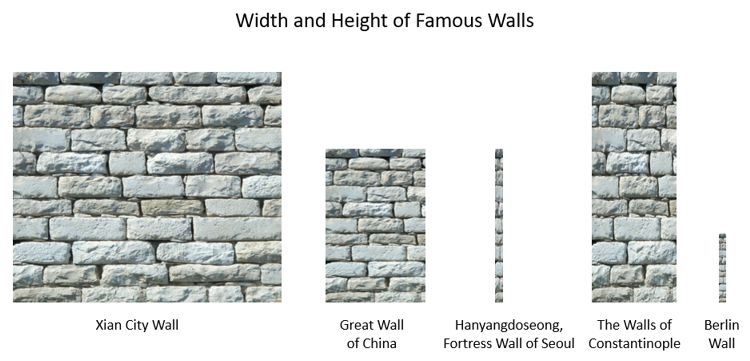
The great wall of China may be the only structure visible from the moon due to being super long, but Xian’s city walls are several times larger per unit length.
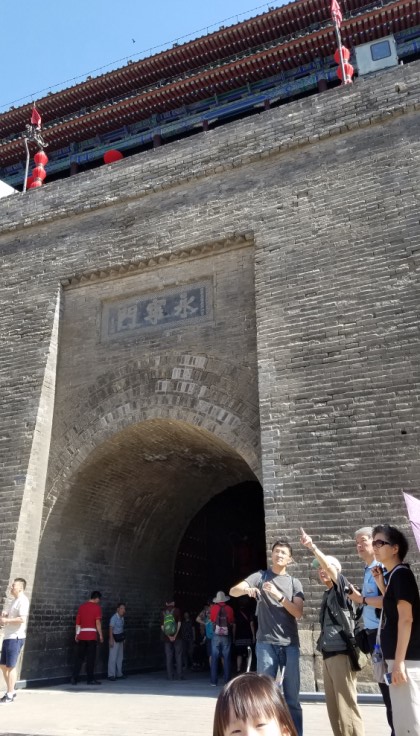
Inner South Gate
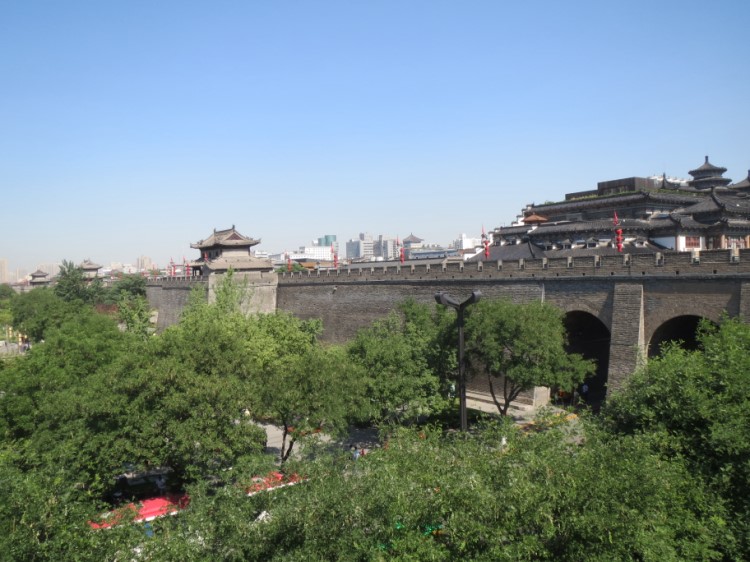
Wall near the South Gate
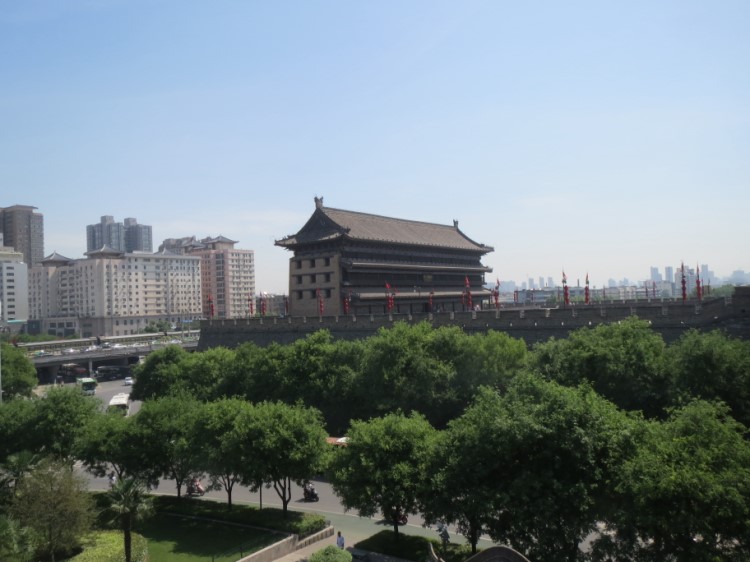
Archery tower at the South Gate
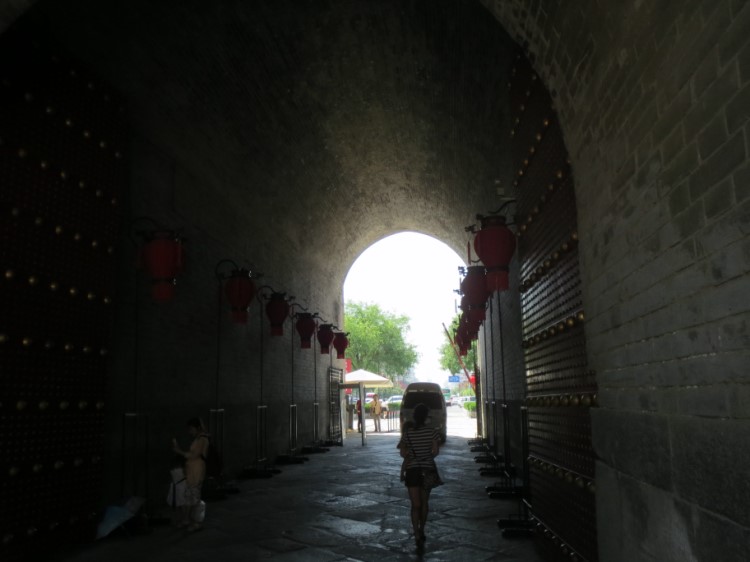
At 18 meters deep, is this a gate or is it a tunnel?
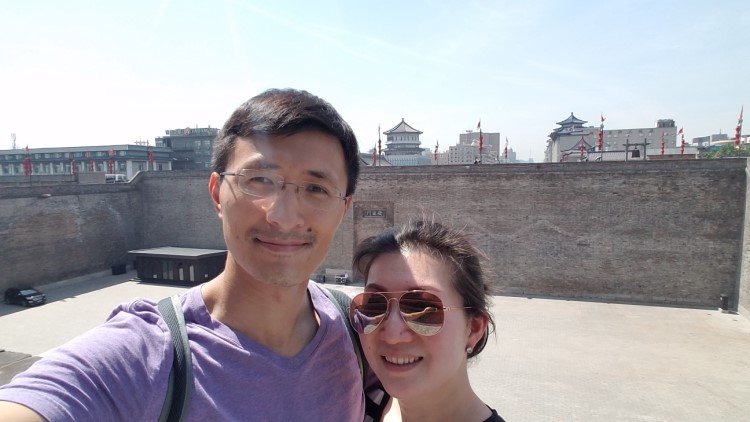
The holding area at the North Gate
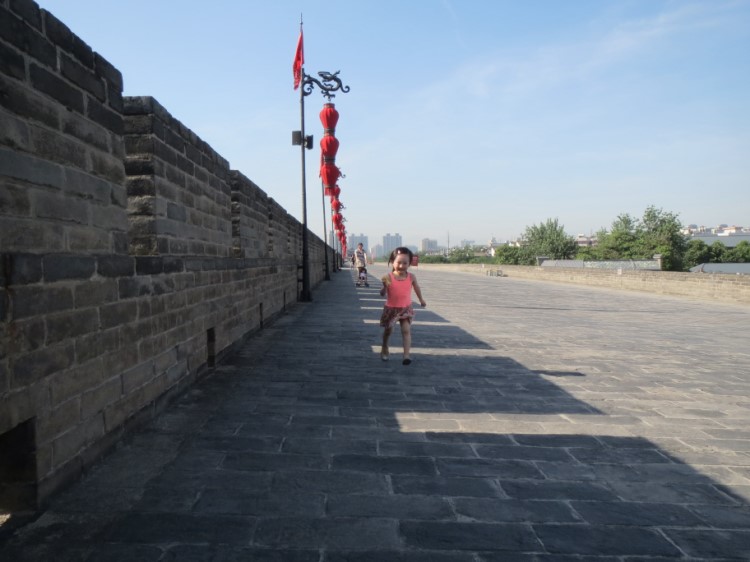
Xuan doing her morning jog atop the eastern wall. If it appears to be wider than the street in front of your house, it’s because it probably is.
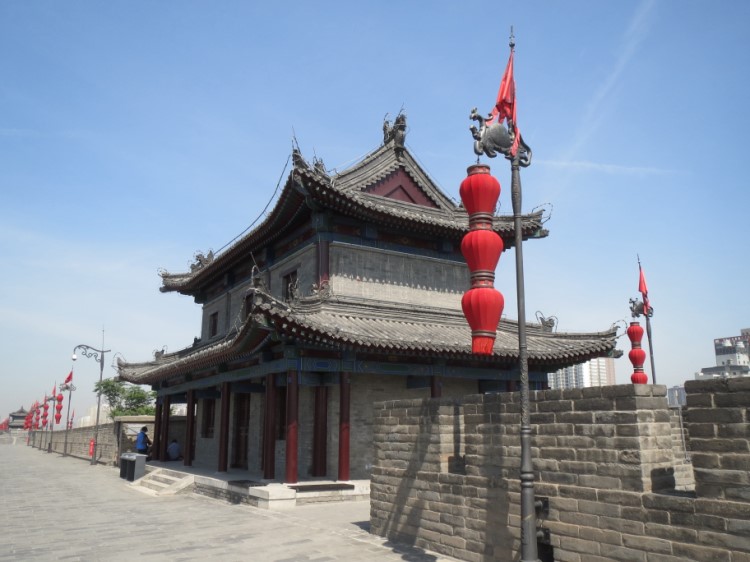
One of the minor defense towers. There used to be 94 of these around the wall.
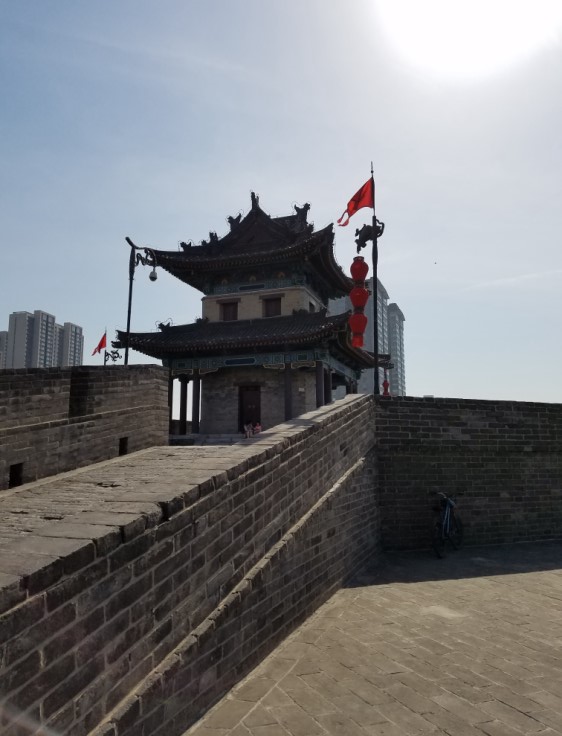
The northeastern corner defense tower.
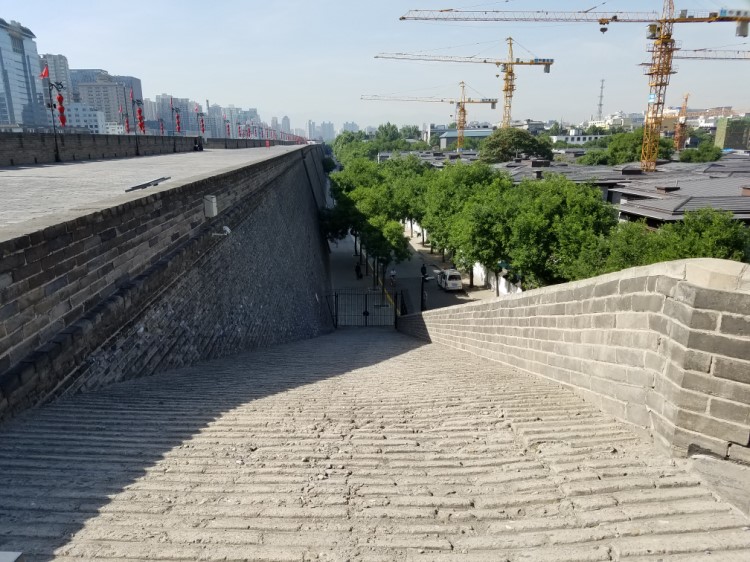
The ramp for horses. You can certainly drive a pickup truck up this thing.
Bell & Drum Towers
The city of Xian is centered on the 630-year-old Bell Tower. Just steps away sits the Drum Tower. These two are way bigger than their counterparts in Beijing.
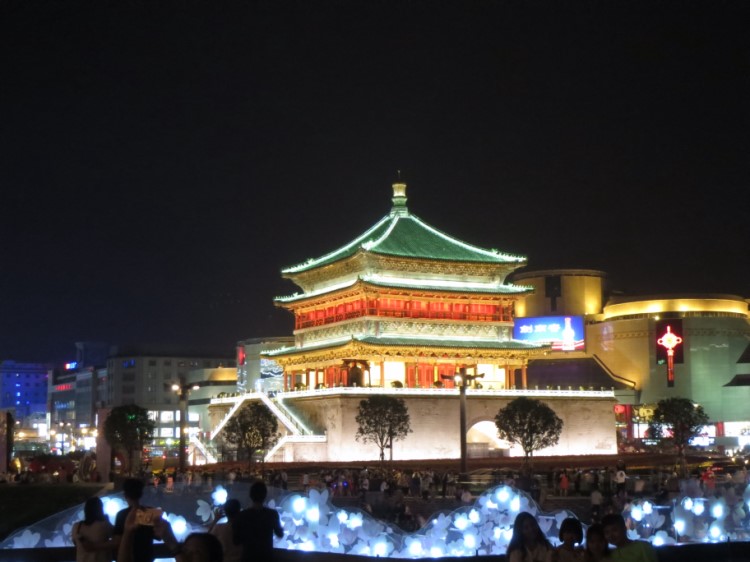
Bell Tower at night
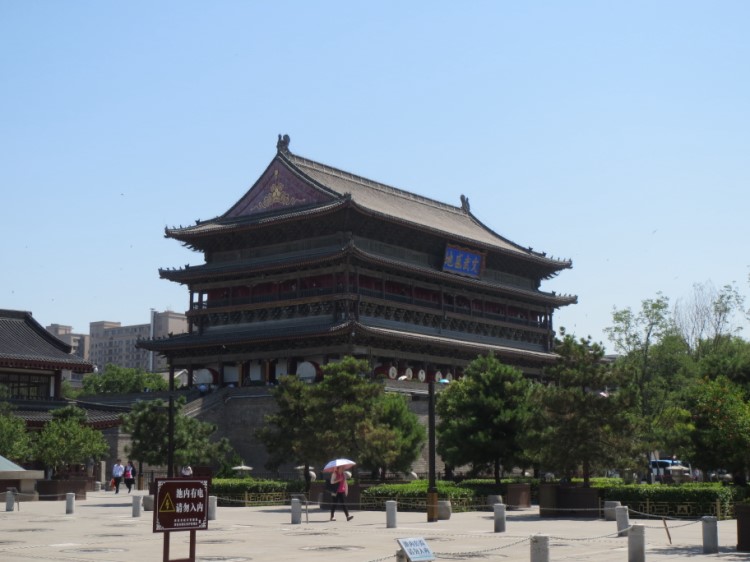
Drum Tower during the day
The Grand Mosque
The silk road not only enabled the trading of goods between the east and the west, it also brought people and their cultures back and forth. Barely 100 years after Buddhism was systematically imported to the Tang capital, China’s first Islamic place of worship was built in the same city, less than 4 miles away. It was expanded at the beginning of Ming Dynasty, the founder of which had ties to Islam.
If you didn’t read the pamphlet or think about how it’s in the middle of the Muslim Street neighborhood, though, you’d not realize that it’s a mosque…
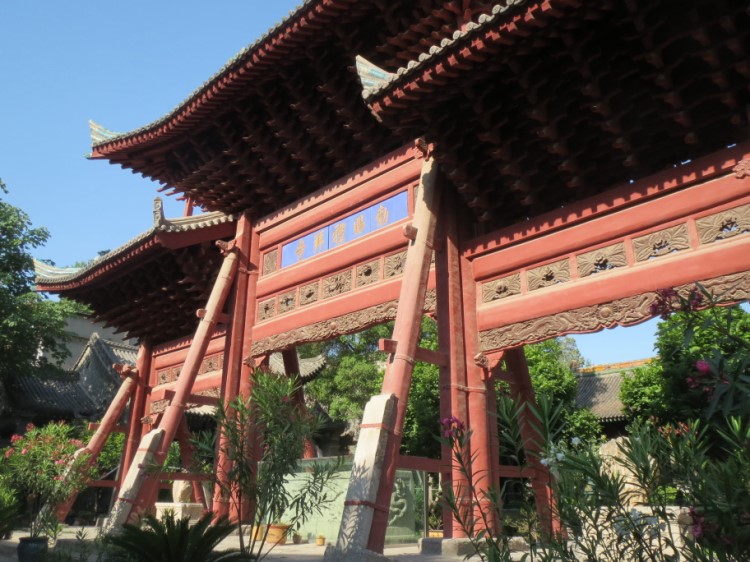
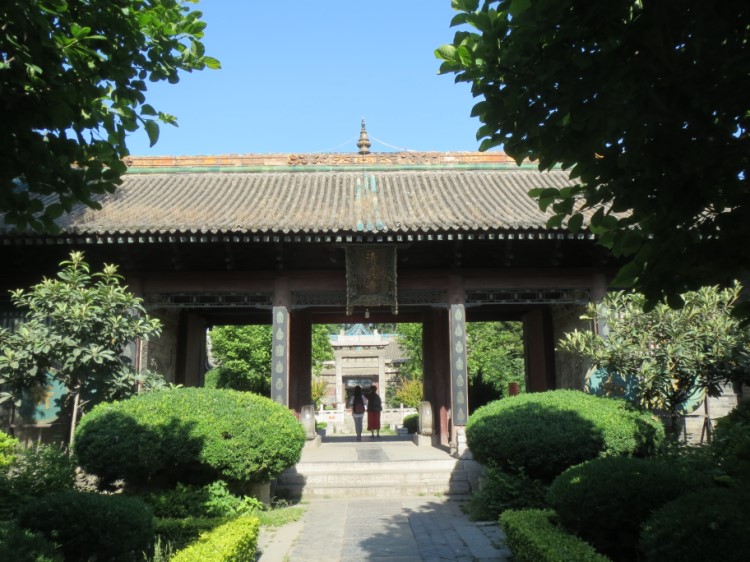
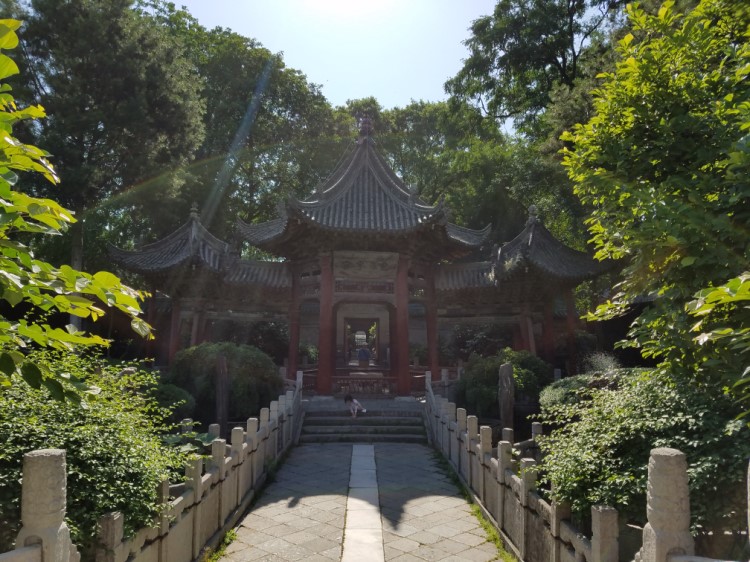
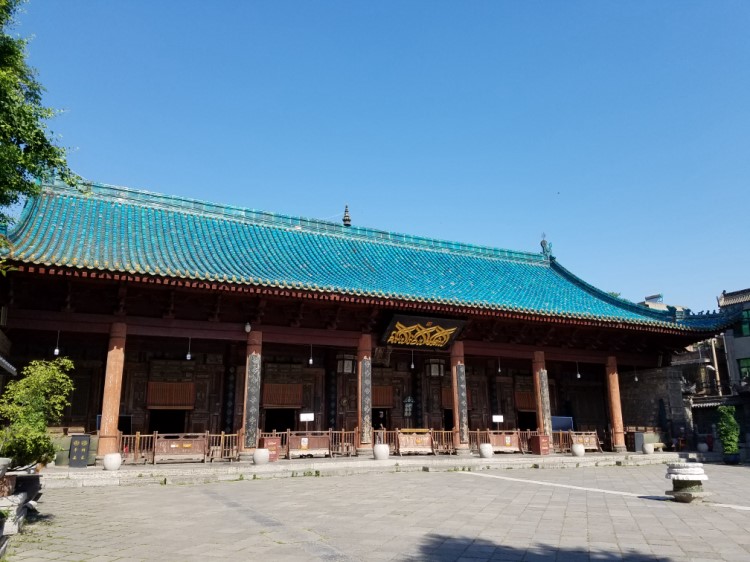
The main hall. Is the banner in Arabic?
The Gao Mansion
Buried in Muslim Street is a “humble” mansion once belonging to the Gao family. Its small entrance was quite hard to spot on the crazy busy street – we had literally walked past it three times without noticing it. It doesn’t have the beautification that the big Jiangnan houses are known for, and it’s not nearly as grand as certain giant Chinese abodes where they filmed some TV drama. However, this residence does have 400 years of history and preserves a snapshot of people’s lifestyle from back then. Aside from the city walls, this was something I had to visit.
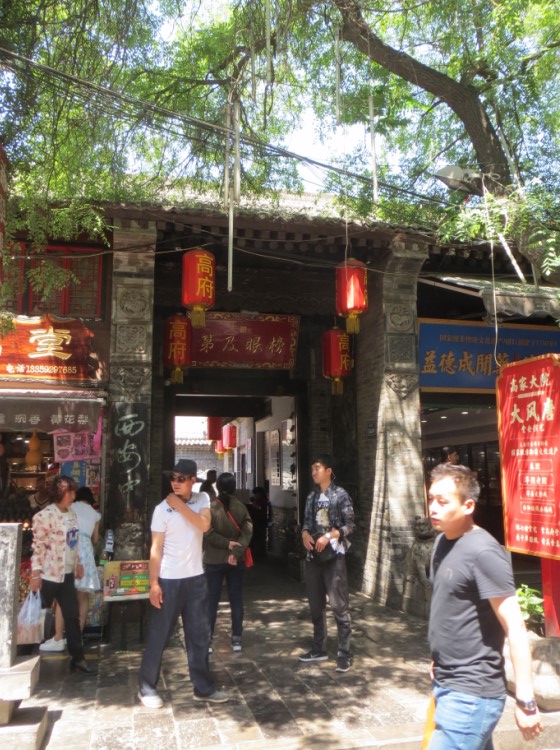
The entrance being squeezed by all those food stalls
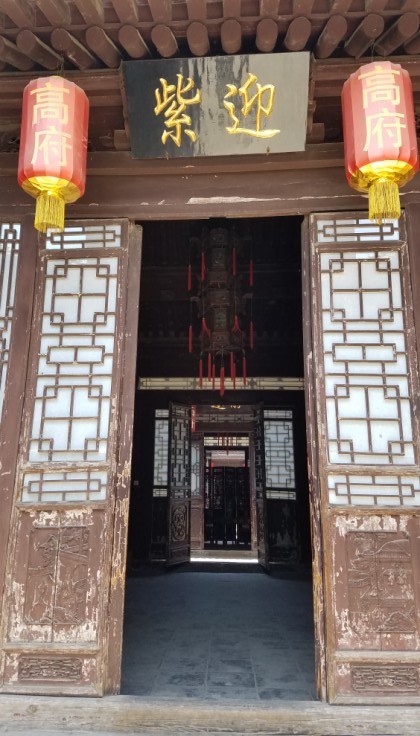
Main hall, facing east
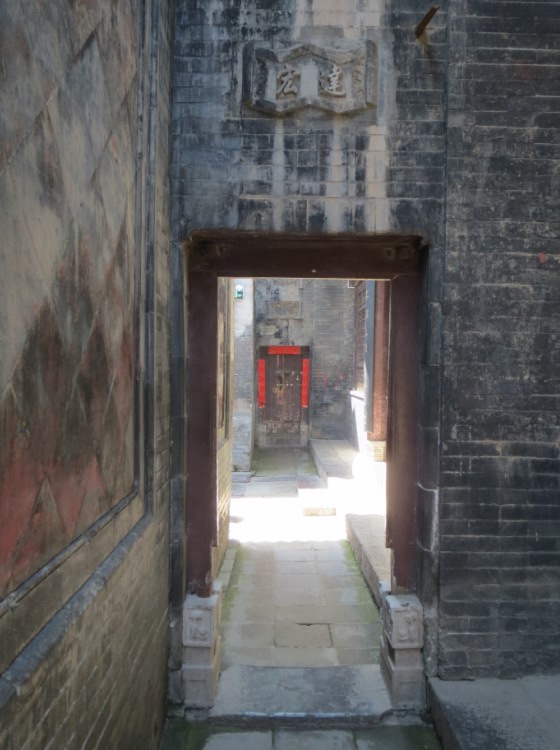
Somewhat utilitarian doorway within the mansion grounds
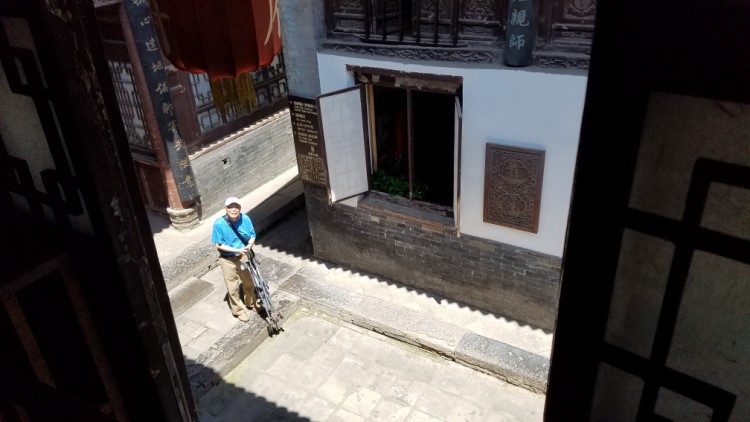
Grandpa, from the second floor of the young lady’s bedroom
Major Daoist City God Temple (都城隍廟)
City God temples are everywhere in China, the popularity being due to the Daoist influence on casual folk beliefs. Apparently there is a system of hierarchy for these temples, too, and Xian has one of the country’s four “major” temples. What does it mean? I have no idea, except that it makes Xian sound quite important for all Chinese religions.
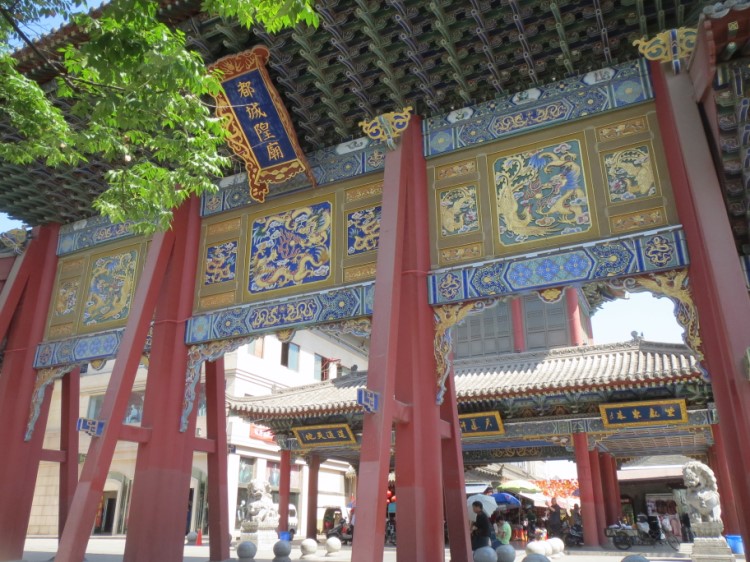
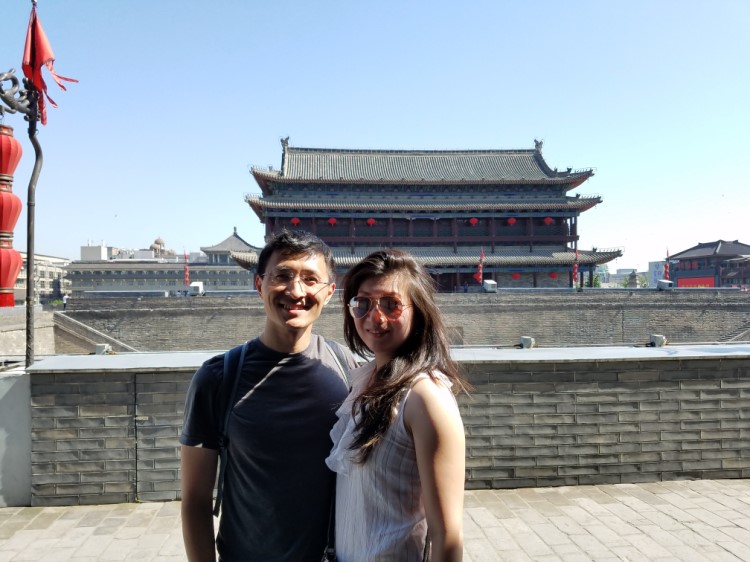
An Inland Beach Vacation (6/8) – Xian & Its Glory – Peter's Blog
June 13, 2017 at 2:39 am[…] Xian the Ancient Capital […]
An Inland Beach Vacation (7/8) – (Other) Foods – Peter's Blog
June 13, 2017 at 11:47 pm[…] Xian the Ancient Capital […]
An Inland Beach Vacation (8/8) – (Muslim Street) Foods – Peter's Blog
June 15, 2017 at 1:23 am[…] Xian the Ancient Capital […]
An Inland Beach Vacation (4/8) – A Jiangnan Homecoming – Peter's Blog
June 15, 2017 at 1:38 am[…] Xian the Ancient Capital […]